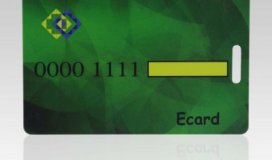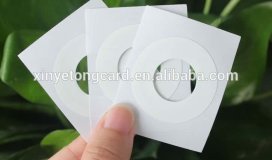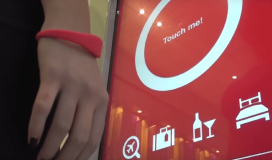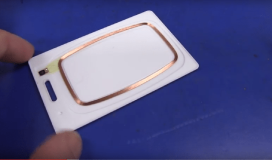Long checkout lines at the grocery store are one of the biggest turn offs of the shopping experience. But, these lines could vanish when the ever-present Universal Product Code (UPC) bar code is substituted by intelligent labels, also known as RFID (radio frequency identification) tags. RFID tags are referred as smart bar codes that are connected to a system to track every item that you place in your shopping cart.
Outside the dominion of retail commodities, RFID tags are used to track Alzheimer's patients, vehicles, airline passengers and affected pets. Thus it has become an important part of your daily life securing and keeping a check on the products.
With the help of RFID, you can take into the consideration the following aspects that are Market issues, business considerations, cost justification and ROI, manpower and equipment, support services, space and stock, quality improvements, economy and accuracy. RFID systems can be sorted by the frequency band inside which they operate like low frequency, high frequency, and ultra-high frequency.
RFID tags consists an ID system that uses small radio frequency identification machines for recognition and tracking principles. The tagging system of RFID consist the tag itself, a write/read device, and a system usage for data assortment, dispensation, and broadcast. An RFID tag includes a chip, default memory and an antenna.
The low frequency RFID tags band wraps frequencies from 30 KHz to 300 KHz. Basically LF RFID systems function at 125 KHz, even though there is little that works at 134 KHz. This frequency band offers a short read variety of 10 cm, and has slow read speed as compared to advanced frequencies, but is not affected by radio wave interference. LF RFID applications contain access control and stock tracking. The LF spectrum is not regarded an appropriate application because of little differences in frequency and power levels all over the world.
Low frequency RFID tags have a long wave-length and penetrate better thin metallic elements. Moreover, LF RFID systems are perfect but the read array is limited to centimeters or inches.



